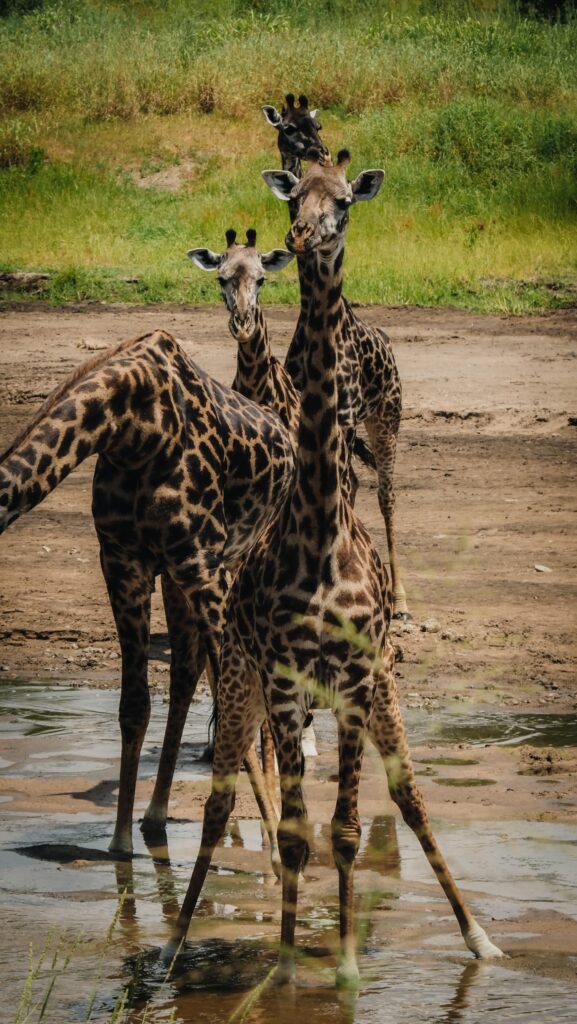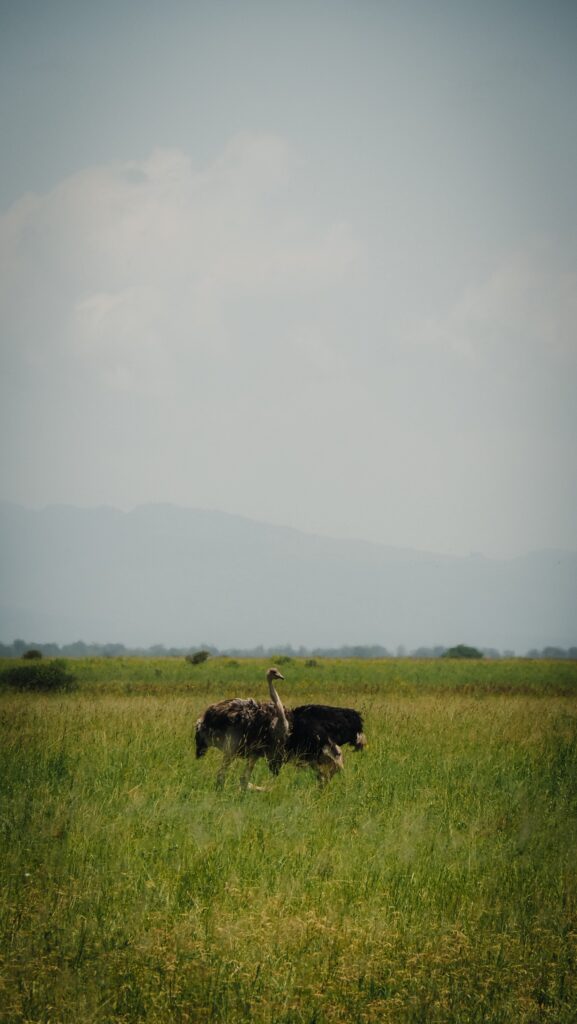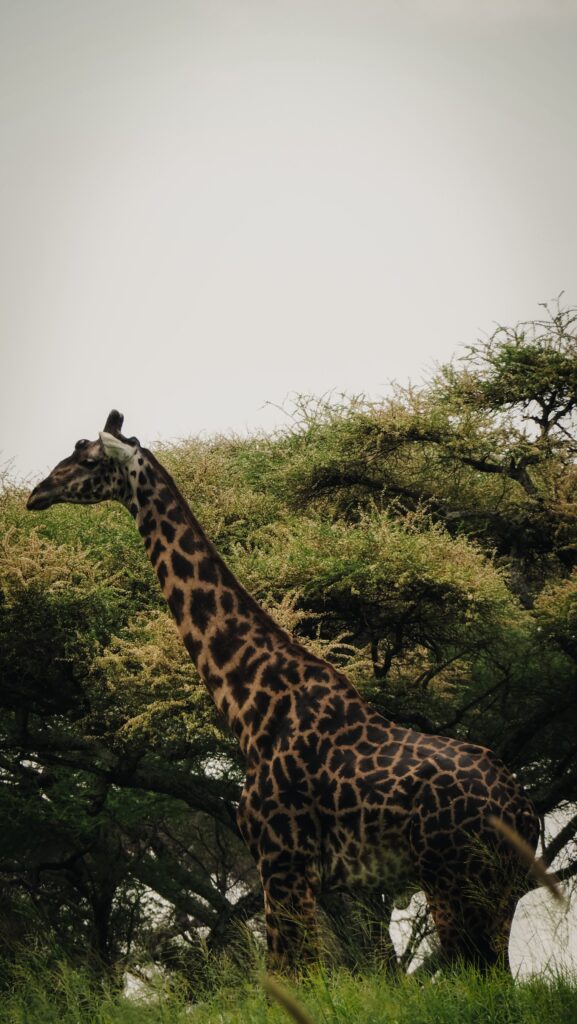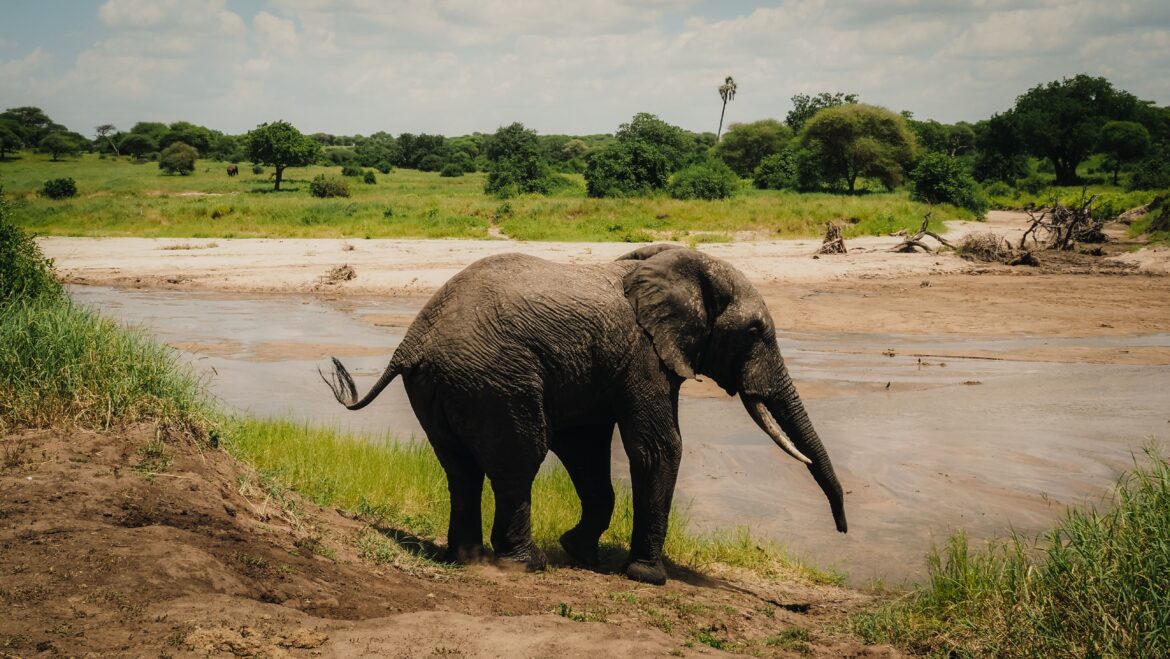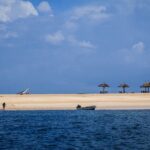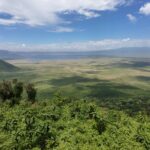Tarangire National Park is a wildlife reserve in northern Tanzania, known for its large elephant population, diverse landscapes, and rich biodiversity. It covers approximately 2,850 square kilometres and is part of Tanzania’s popular Northern Safari Circuit, which includes Serengeti National Park and Ngorongoro Crater.
It is home to one of the largest elephant populations in Tanzania. You may also spot lions, leopards, cheetahs, giraffes, zebras, buffalo, wildebeest, and over 500 bird species.
Tarangire River is the park’s lifeline and attracts wildlife year-round. In the dry season (June–October), animals from surrounding areas migrate here for water.
The park’s landscape is known for its iconic baobab trees, also known as the “Tree of Life.” Other than that, you will experience rolling savannas, wetlands, and acacia woodlands.
How to get there?
Getting to Tarangire National Park is relatively easy, especially if travelling from Arusha which is northern Tanzania safaris’s main gateway. Here are the main ways to reach the park:
By Road
Tarangire is about 120 km southwest of Arusha, and the drive takes 2 to 3 hours via the Great North Road (A104) and then a turnoff towards the park.
From Kilimanjaro International Airport (JRO): About 160 km, taking 3.5 to 4 hours by road.
From Serengeti or Ngorongoro: You can drive from the Ngorongoro Crater (about 4–5 hours) or the Serengeti (around 6–7 hours).
The roads leading to the park are mostly paved, except for the last section, which is a dirt road. A 4×4 vehicle is recommended, especially during the rainy season (March-May), when some roads may become muddy.
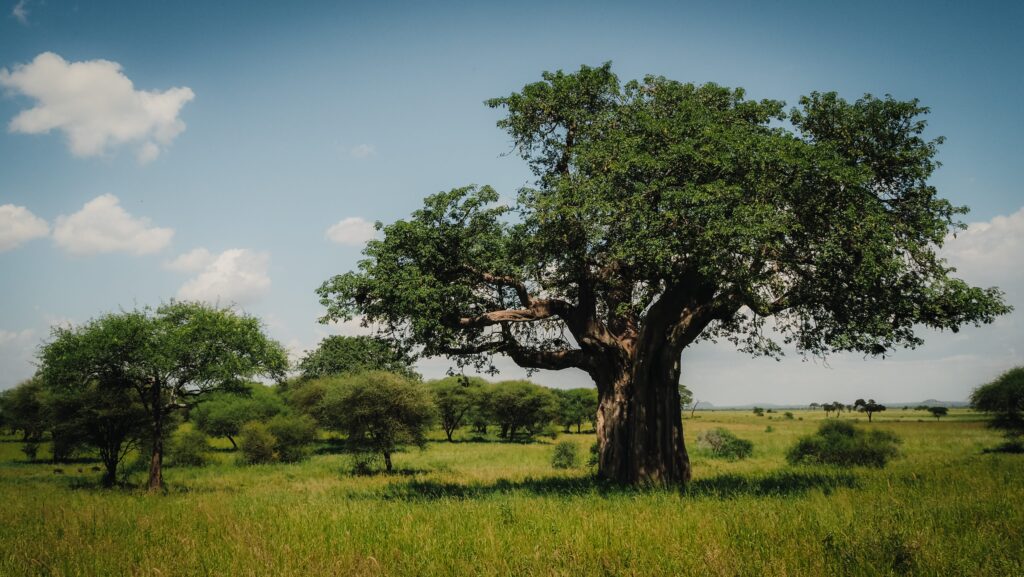

By Air
The closest airstrip is Kuro Airstrip, located inside the park. Charter or scheduled flights operate from Arusha Airport (ARK), Kilimanjaro International Airport (JRO), Dar es Salaam, Zanzibar, and Serengeti. Airlines like Coastal Aviation, Auric Air, and Regional Air offer flights. Once you land, lodges and safari operators arrange pickups from Kuro Airstrip. Needless to say, this option is very expensive.
Organized safari
Book a private or group safari tour from Arusha or other nearby locations for minimal hassle. I booked mine with Travel Africa Safari Agency as part of a 6-day safari that included Tarangire, Ngorongoro, Serengeti, and Lake Manyara. Although some organizational aspects could be improved, it was a good quality-to-price ratio. They offer so-called joining safari, which is a great way to save money and meet new people.
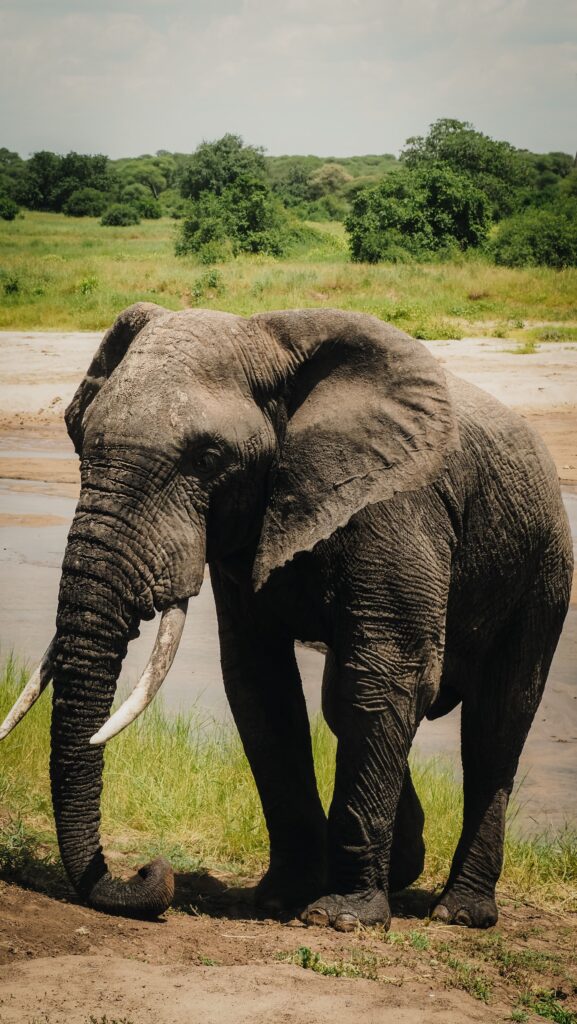
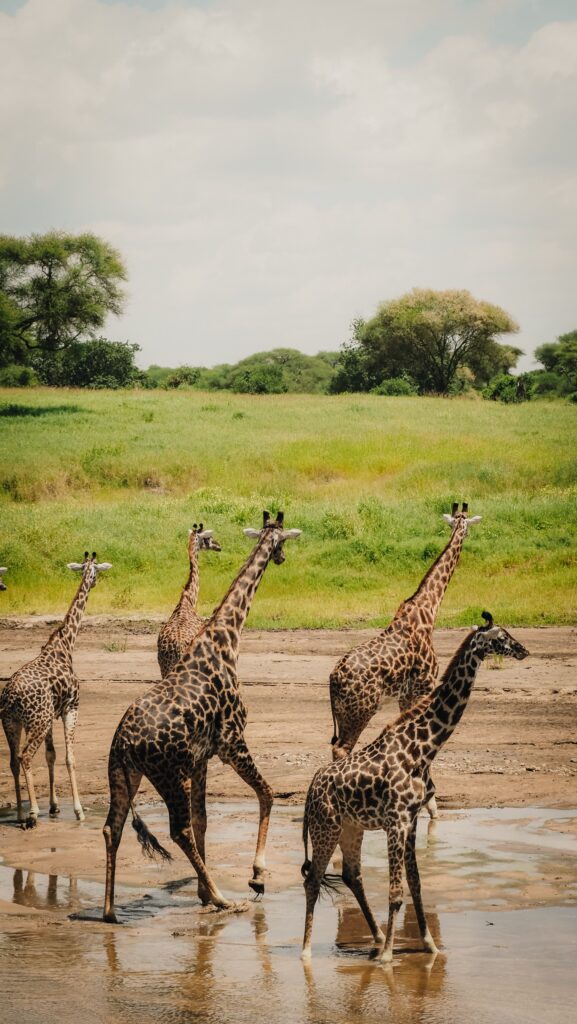
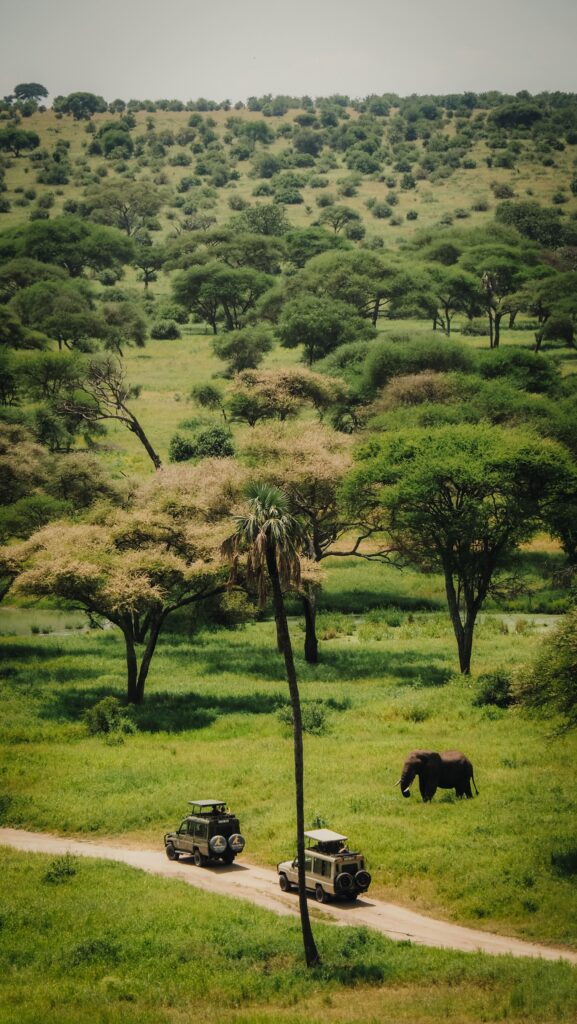
The best time to visit
The best time to visit Tarangire National Park depends on what you want to experience, but generally, the dry season (June–October) is the most popular for wildlife viewing.
Animals gather around the Tarangire River, making them easier to spot. It’s dry, sunny, and warm during the day (25–30°C). Cool nights. Best for observing elephants, big cats, and large herds of zebras, wildebeests, and buffalo.
Wet Season (November–May) comes with lush green landscapes, fewer tourists, and over 500 bird species (many migratory). The weather is warm and humid, with occasional rains (mostly short afternoon showers). The downside is that the wildlife is more spread out, and some roads may be muddy.
My experience
I visited Tarangire National Park at the end of January 2025 and the park itself was so-so. There were a lot of cars and all of them were going the same route, therefore sometimes you could have the feeling that you are stuck in a traffic jam. And the traffic jam got pretty serious when someone said on the radio that they saw a leopard. We made a really small loop in the park and I had the feeling there was so much more to discover if only the drivers were more willing to spread out in the area.
The highlights were giraffes, elephants and the leopard even though we could see them only from a far distance. Other than that, we saw a lot of birds but I’m not too much fan of those.
Lunch was served at the rest point, which had a panoramic view of the river.
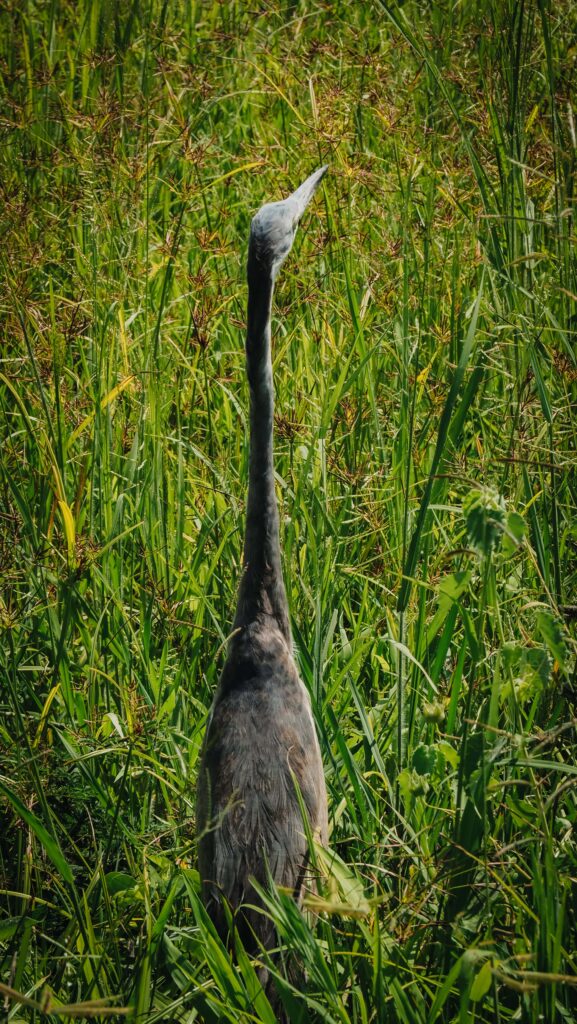
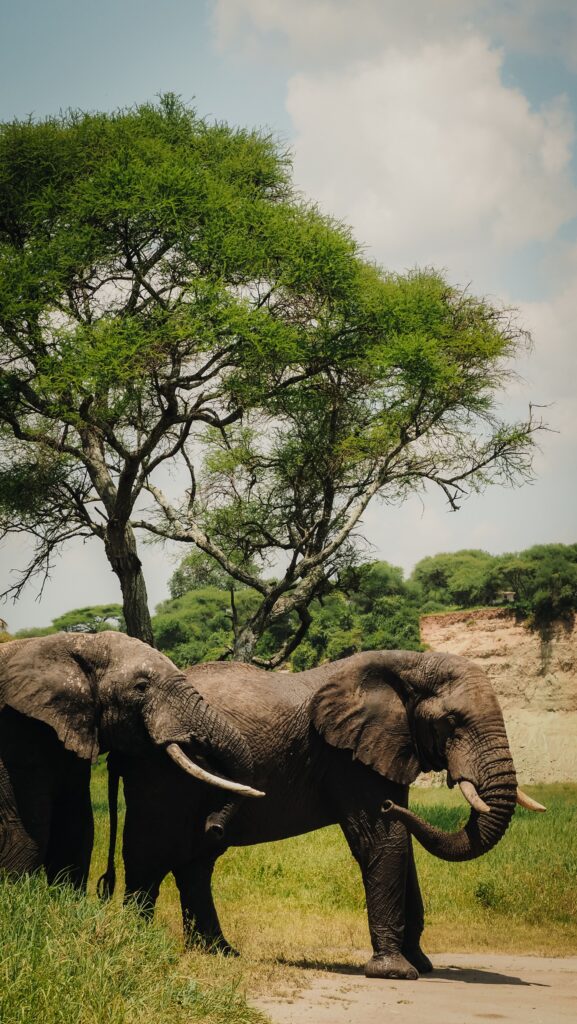
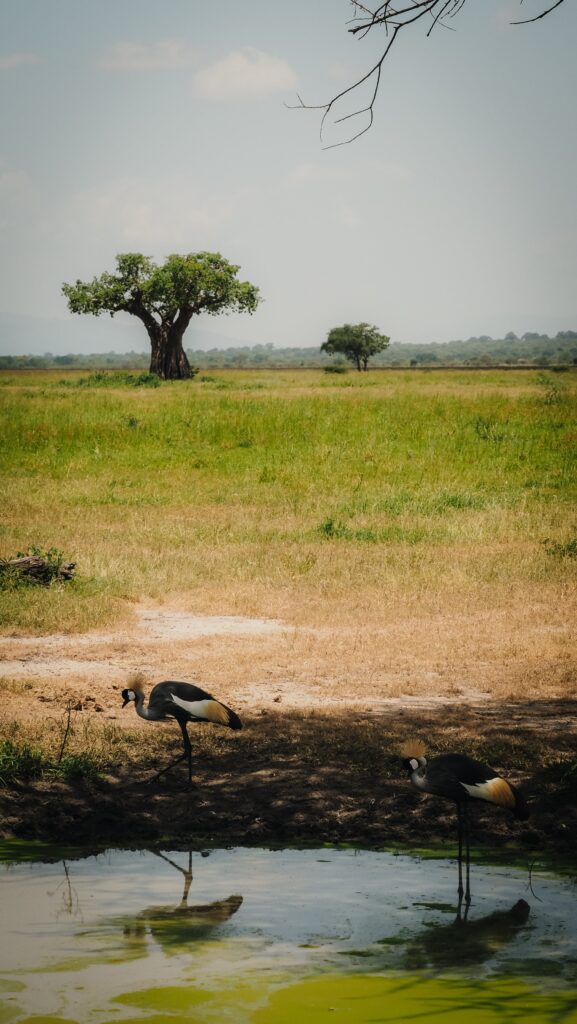
Was it worth it?
If Tarangire is the only park that you are going to visit, you may end up disappointed especially if you visit in the wrong season. It can get crowded and I had the feeling that all the cars we doing the same, relatively short loop. We were out of the park around 3 PM which was way too early for me.
If it’s just a stopover on the way to Ngorongoro and Serengeti, then it is a nice introduction to what awaits you in the next few days. If you are not planning to visit other parks, maybe it’s a good idea to spend the night in Tarangire and continue the safari the next day. It will significantly raise the costs of the safari but you get the chance to experience the place in the early morning or late afternoon when day trippers are out.
